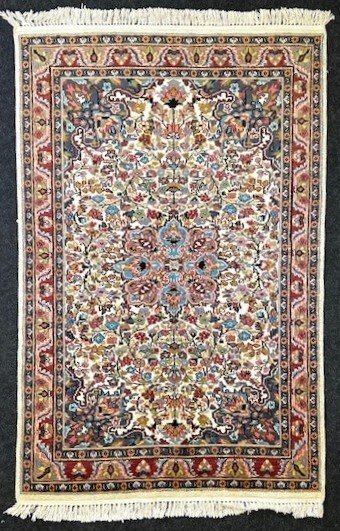
Introduction
Lahore, the cultural capital of Pakistan, is one of the country’s oldest and most vibrant cities. Known for its rich history, bustling bazaars, and exquisite architecture, Lahore attracts millions of tourists and historians each year. The city plays a pivotal role in the narrative of Pakistan’s cultural and historical identity, making it an essential topic of discussion in today’s global context.
Historical Significance
Lahore’s history dates back over a millennium. It has served as a significant center for various empires, including the Ghaznavids, the Mughals, and the British. Key historical sites like the Lahore Fort, a UNESCO World Heritage Site, and the Badshahi Mosque, which boasts stunning Mughal architecture, are testaments to the city’s architectural grandeur and historical importance. Recent archaeological digs have also brought to light ancient artifacts, prompting scholars to reassess the city’s long-standing historical narratives.
Cultural Landscape
The cultural landscape of Lahore is a melting pot of traditions and influences. The city is known for its vibrant festivals, such as Basant, which marks the advent of spring, and its lively food scene, offering everything from traditional Punjabi dishes to contemporary culinary innovations. Lahore is also home to various educational institutions, including the Lahore Museum, promoting art and history, and the Lahore Arts Council, which showcases performances in music and theatre.
Recent Developments
In recent months, Lahore has been embracing modernity while preserving its cultural heritage. The government has launched initiatives aimed at improving infrastructure and urban planning, which aim to accommodate the growing population and burgeoning tourism sector. Events like the Lahore Literary Festival have successfully drawn international attention, making strides to connect global thinkers with the rich literary lineage of the region.
Conclusion
In conclusion, Lahore stands as a dynamic city straddling the historical and modern world. Its cultural richness and historical significance make it a vital part of not only Pakistan’s identity but also the global cultural tapestry. As Lahore continues to develop and adapt to contemporary challenges, the preservation of its heritage remains crucial. For readers, understanding Lahore means unlocking insights into a storied past that continues to shape the present and future of Pakistan.



